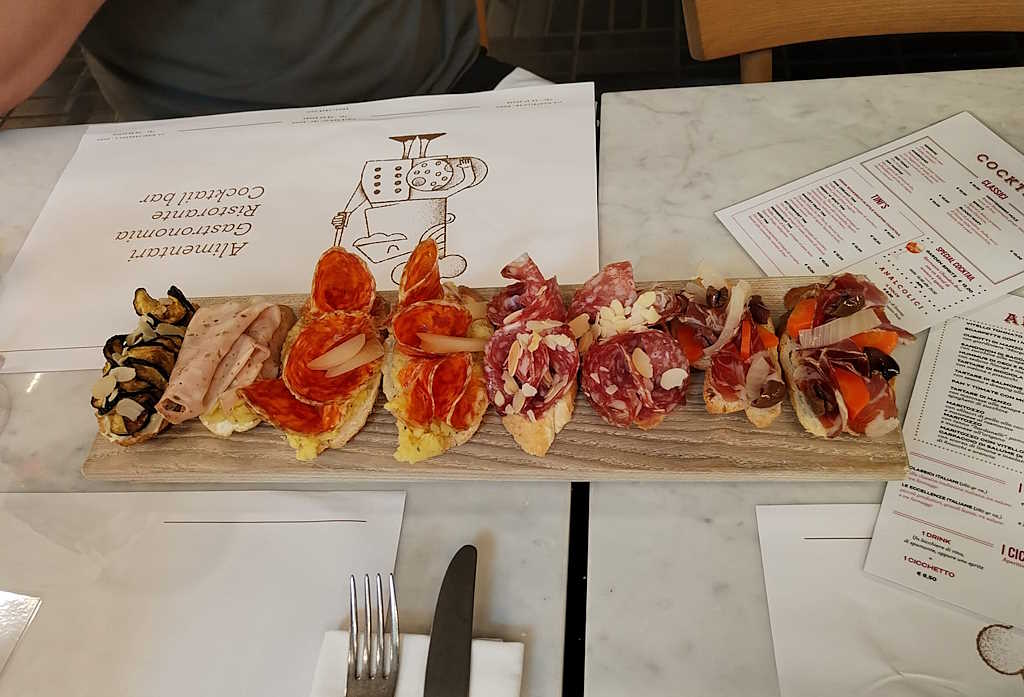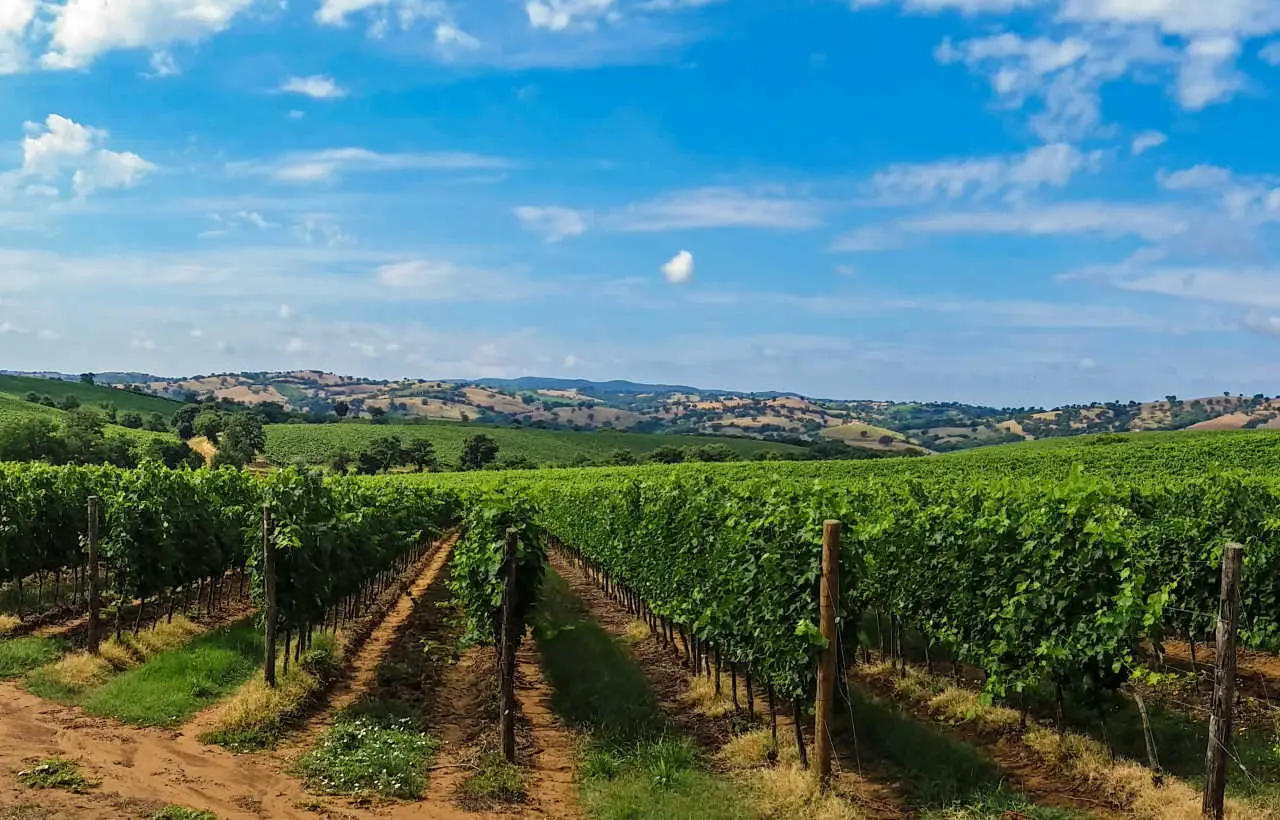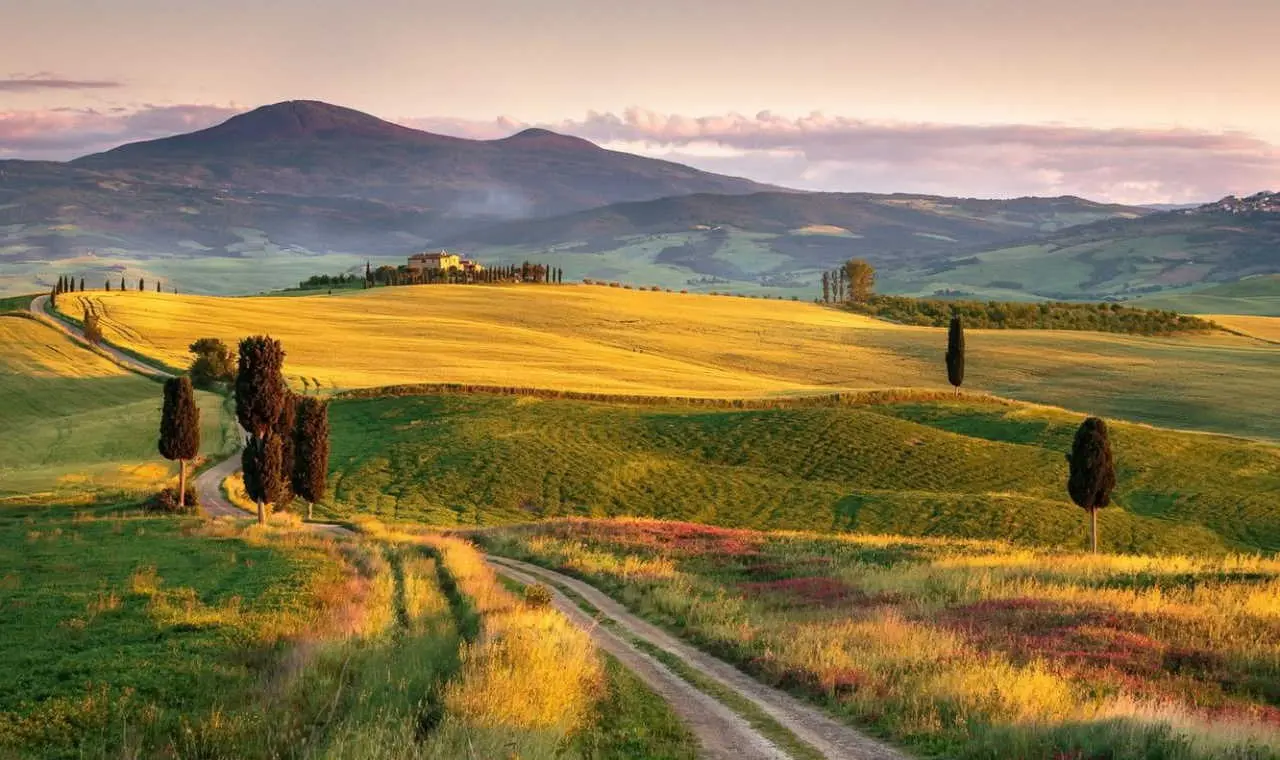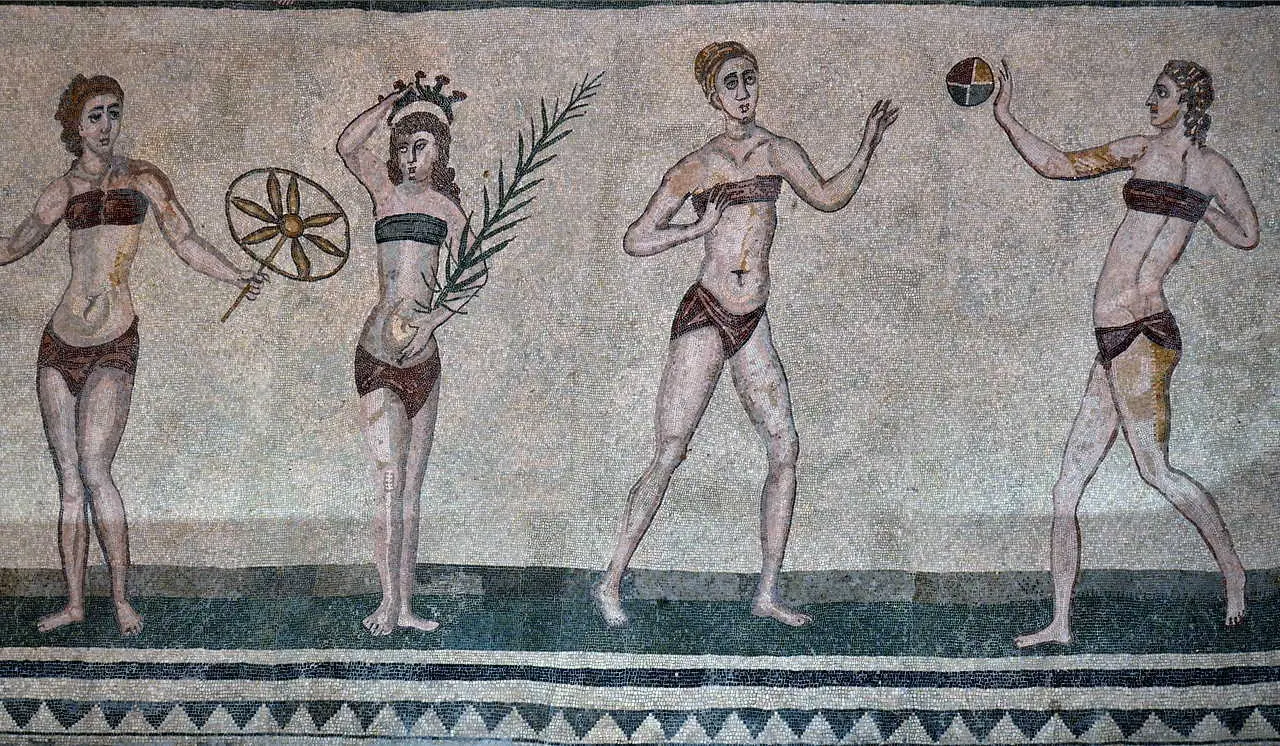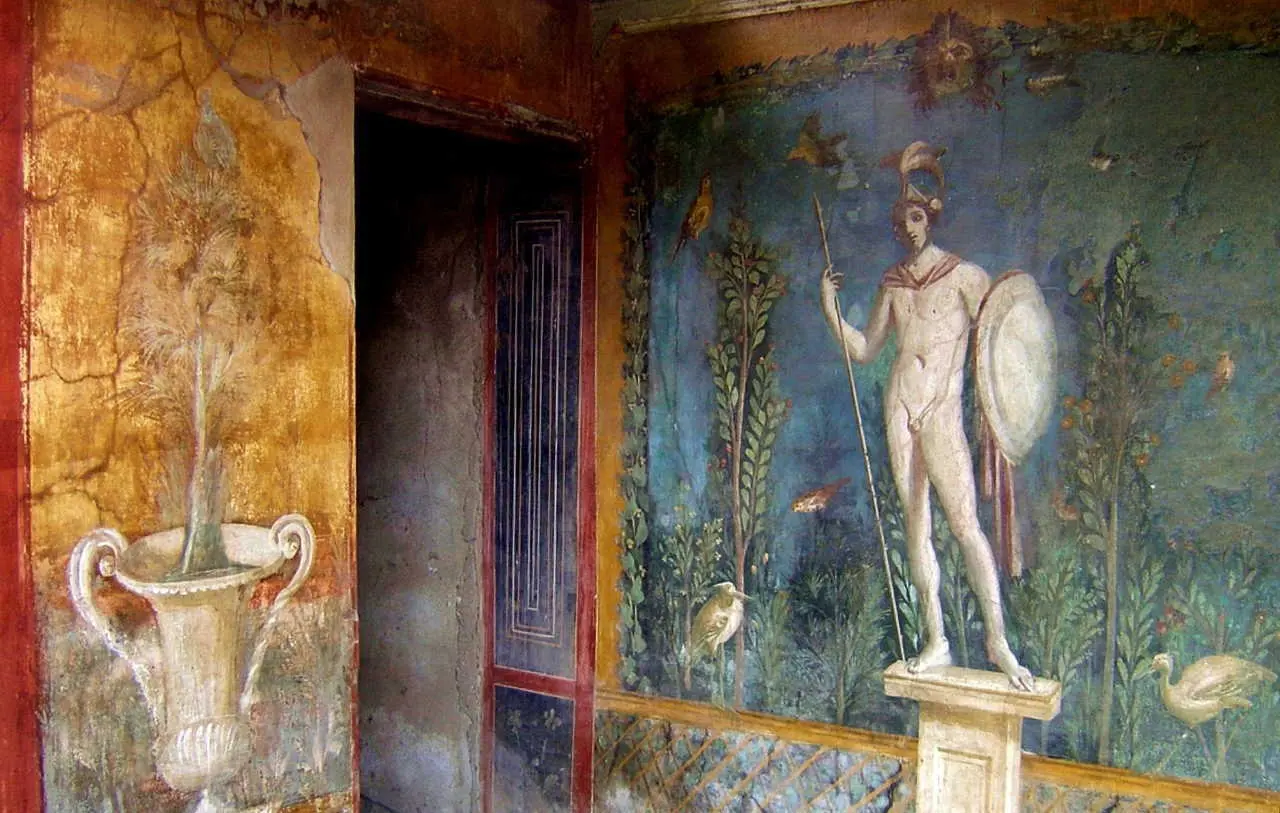Ancient Romans
at the table
Food and Culinary Habits in Ancient Rome
The daily life of ancient Rome is deeply reflected in the eating habits of its inhabitants, revealing a world of contrasts between sobriety and opulence. From the humble morning breakfast consumed hastily by the less wealthy, to the sumptuous afternoon banquets of the patricians, every meal reflected not only taste but also the social and cultural structure of an era. A fascinating and complex picture emerges, demonstrating the evolution of culinary practices influenced by conquests and trade with distant lands. In this article, we will explore the foods consumed by various social classes and the gastronomic innovations introduced through the centuries, shedding light on how the Romans integrated new ingredients from all over the known world into their diet. Through the recipes and traditions handed down to us, we will discover the rich and varied culinary landscape of one of the most influential civilizations in history.
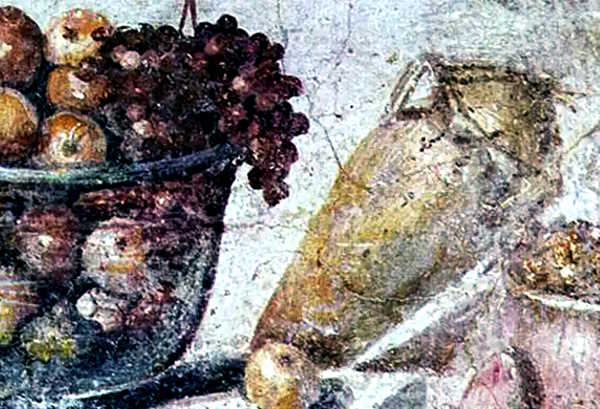
Ancient Romans at the table
Feasts, Places, and Traditions
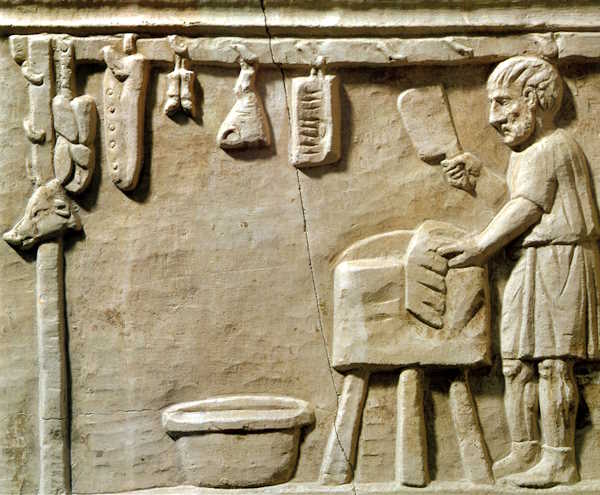
A day in ancient Rome
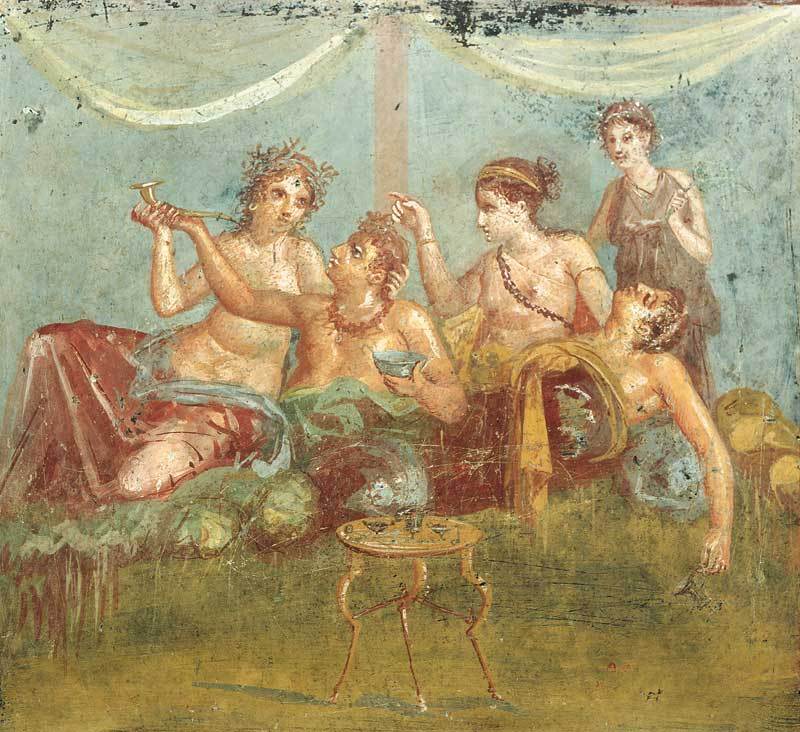
Table etiquettes and placement
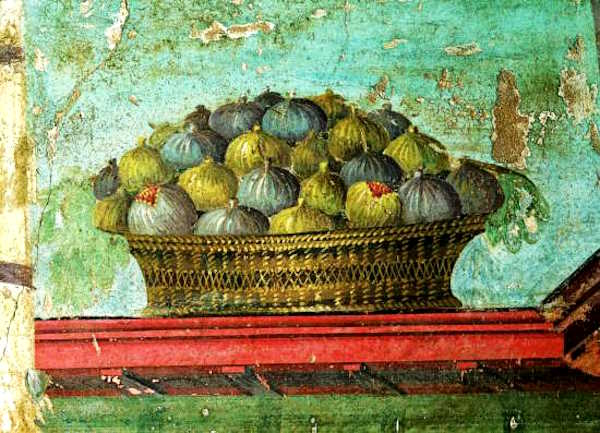
Evolution of Roman cuisine
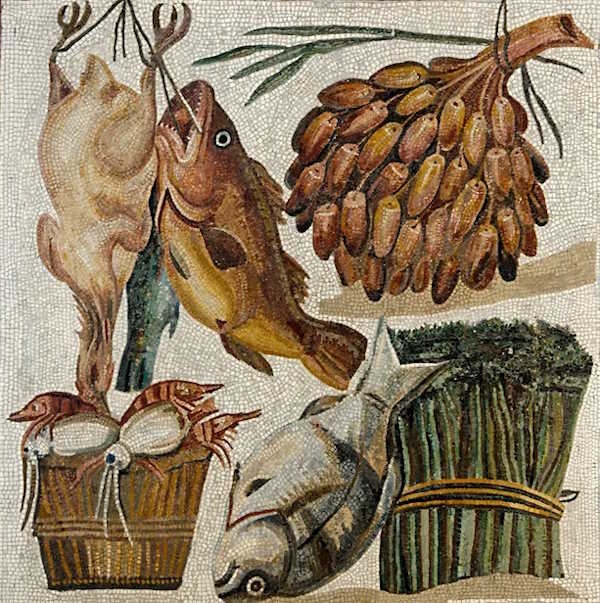
Flavor Combinations
Ancient Romans at the table
The recipes of Apicius
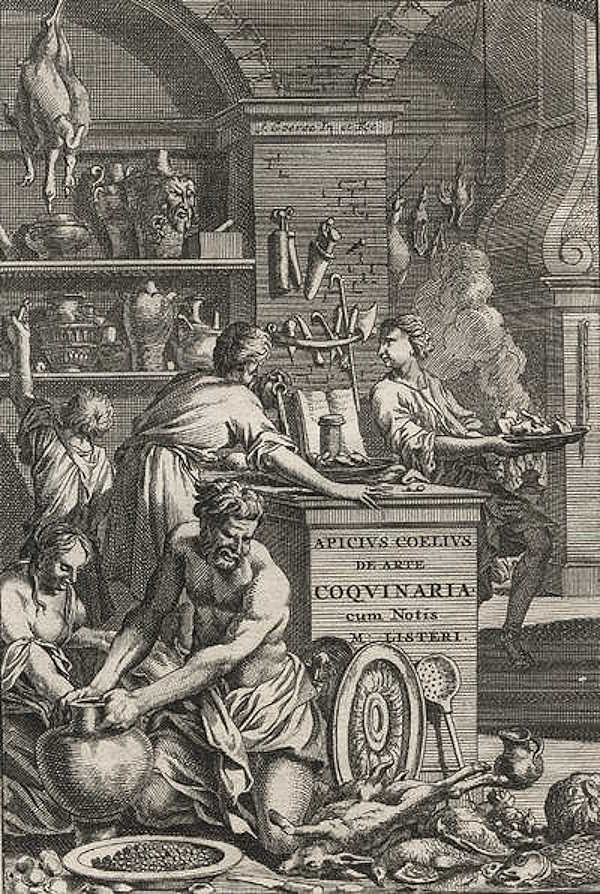
De re coquinaria
Marco Gavio Apicio, who lived between the 1st century BC and the 1st century AD, is one of the most well-known gastronomes of ancient Rome. A member of the Roman elite, he was not only known for his culinary skills but also for his extravagant lifestyle. His name is associated with “De re coquinaria”, a collection of recipes that offers a fascinating glimpse into Roman cuisine and food culture. Divided into ten books, it covers a wide range of dishes, from appetizers to desserts, from meat dishes to fish dishes, including side dishes and condiments.
The ingredients used in Apicius’s recipes are varied and often unusual by modern taste. Some of the most common are:
Garum: a fermented fish sauce that was very popular in Roman cuisine, used as a condiment for a wide range of dishes.
Exotic spices: such as pepper, ginger, and cumin, which demonstrate the influence of the commercial routes that crossed the empire.
Fine meats: including wild boar, peacock, and flamingo, which were considered delicacies.
Apicius’s culinary techniques are often complex and reflect a profound knowledge of the culinary arts. Some examples include:
Slow cooking: many recipes require long, slow cooking over low heat to soften meats and allow flavors to blend.
Marinating: the use of marinades to flavor and tenderize meat is a common practice.
Use of honey: as a natural sweetener, honey is frequently used not only in desserts but also in savory dishes.
One of the most famous recipes is the “Patina Apiciana”, a dish made with meat, often pork or poultry, cooked with honey, wine, and spices. This dish exemplifies the typical Roman use of combining sweet and salty flavors.
Apicius’s recipes represent an invaluable culinary heritage, offering a glimpse into the life and food habits of ancient Rome. Through their analysis, we can better understand the evolution of Western cuisine and appreciate the lasting influence of Roman traditions on our gastronomic culture. The elaborate preparations and exotic ingredients used by Apicius testify to an era in which food was not only nourishment but also an expression of wealth and culture.
Eno-Gastronomic Tours in Italy
-
Gastronomic Tour in Rome: Street Food, a culinary adventure
Food and Wine Experience189,00€Street Food Tour in Rome: 3-Hour Culinary Tastings - Small Group max. 6 people
-
Day trip to Siena, San Gimignano, Pisa, from Florence
Florence313,00€ – 711,00€Day trip to Siena, S. Gimignano and Pisa - from Florence, Siena or Pisa by Private car!
Tour Guide | Private Driver | 10 hours
-
Private Wine Tour with Cooking Class and Lunch
City Tours of Rome422,00€ – 595,00€Wine Tour with a Cooking Class and Lunch at a Wine Resort in the Castelli Romani area, Private Tour.
Frascati - Rome | Wine Tasting | By de luxe car | 6 hours
-
Wine tasting and lunch at Farmhouse near Rome
City Tours of Rome173,00€ – 265,00€Wine tasting and lunch in a historic farmhouse in Frascati, only 30 minutes from Rome
Frascati - Rome | Wine Tasting | By Car | 5 hours
-
Full Day Wine Tour in Val D’Orcia – from Rome or Florence
Florence265,00€ – 615,00€Full-day Wine Tour in Val D'Orcia. Visit Pienza and Montepulciano - from Rome or Florene by Private car!
Val D'Orcia | Tour Guide | Private Driver | 12 hours
-
Sicily Escorted Tour, Catania Catania 8 days
Food and Wine Experience999,00€ – 1.059,00€Sicily Escorted tour and the archipelago of Aeolian Islands, surrounded by an uncontaminated sea, and a savage beauty
Sicily | Escorted Tour | 4 stars | By Gt Bus | 8 days
-
Private Tour Pompeii, Vesuvius and wine tasting
Day Trips from Rome260,00€ – 575,00€Private Tour to Pompeii and Mount Vesuvius to discover one of the most typical regions of Southern Italy. Tour a local winery, with wine tastings and lunch
Special discount 8%
Vesuvio and Pompeii | Guided Tour | Private Driver | 1 day

